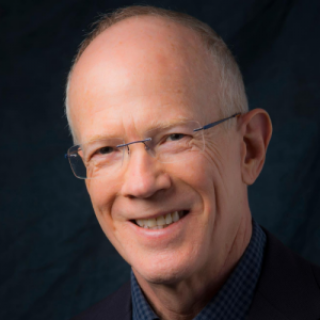
Will the Real UPK Please Stand Up?
October 20, 2011

The pre-K debates often focus around choice – whether parents will be able to send their children to half-day or full-day programs, to private centers or public schools, and perhaps most importantly, to any high-quality preschool program at all. Universal pre-K can make high-quality programs a choice for every family, one that we think few would refuse. Therefore, one might assume universal programs would always have higher enrollments than targeted programs. Interestingly enough that does not turn out to be the case for several reasons.
In a 2009 policy brief, NIEER identified three states as having universal programs – Florida, Georgia and Oklahoma – and three more as on the path to universal access – Illinois, New York and West Virginia. However, states can vary greatly in progress down that path. For instance, Illinois’s Preschool for All, aims for universal access but has only enrolled 31 percent of the state’s 4-year-olds. Compare this with Arkansas’s program that has more limited eligibility requirements but enrolls a larger percentage of those eligible; at 41 percent of 4-year-olds, it far surpasses Illinois’s Preschool for All.
According to The State of Preschool 2010, 20 state programs report that enrollment is open to “all children in districts offering the program” or report a timeline to achieve that goal. (See Table 1 for a list of these programs.) However, unless the program is offered in all districts in a state, a program may then be “universal” only in certain communities. For instance, New Jersey’s Abbott districts enroll 18 and 20 percent of 3- and 4-year-olds statewide, but these 35 districts contain only about a quarter of the state’s children.
Table 1. State pre-K initiatives that could be considered universal or on the path to universal enrollment
| Alabama | Iowa SVPP | Nevada | Pennsylvania K4 |
| Connecticut | Louisiana LA4 | New Jersey Abbott | Rhode Island |
| Florida | Maine | New Jersey ECPA | Vermont Act 62 |
| Georgia | Massachusetts | New York | West Virginia |
| Illinois | Missouri | Oklahoma | Wisconsin 4K |
Many of the top 10 states by percent of 4-year-olds enrolled (see Table 2) don’t fall into the universal category.
Table 2. Top 10 states by access for 4-year-olds rank
| State | Percent of 4-year-olds enrolled |
| Oklahoma | 70.7% |
| Florida | 68.1% |
| West Virginia | 55.3% |
| Georgia | 54.6% |
| Vermont | 52.1% |
| Wisconsin | 51.5% |
| Texas | 46.8% |
| New York | 45.3% |
| Arkansas | 41.1% |
| Iowa | 38.1% |
At present only Oklahoma can really be considered to offer universal high-quality pre-K. Florida might be said to be universal, but not high-quality (or even moderately good). Based on recent progress and future plans, West Virginia and Vermont have the best chance of joining Oklahoma in the near future. Politics could tip other leading states toward universal or stop them in their tracks. How states respond when the recession eases and it becomes easier to expand funding for pre-K will be quite telling, and preschool supporters should be prepared to push when that happens.
– Steve Barnett, Director, NIEER
– Jen Fitzgerald, Public Information Officer, NIEER
– Megan Carolan, Policy Research Coordinator, NIEER
The Authors
W. Steven (Steve) Barnett is a Board of Governors Professor and the founder and Senior Co-Director of the National Institute for Early Education Research (NIEER) at Rutgers University. Dr. Barnett’s work primarily focuses on public policies regarding early childhood education, child care, and child development.
About NIEER
The National Institute for Early Education Research (NIEER) at the Graduate School of Education, Rutgers University, New Brunswick, NJ, conducts and disseminates independent research and analysis to inform early childhood education policy.

